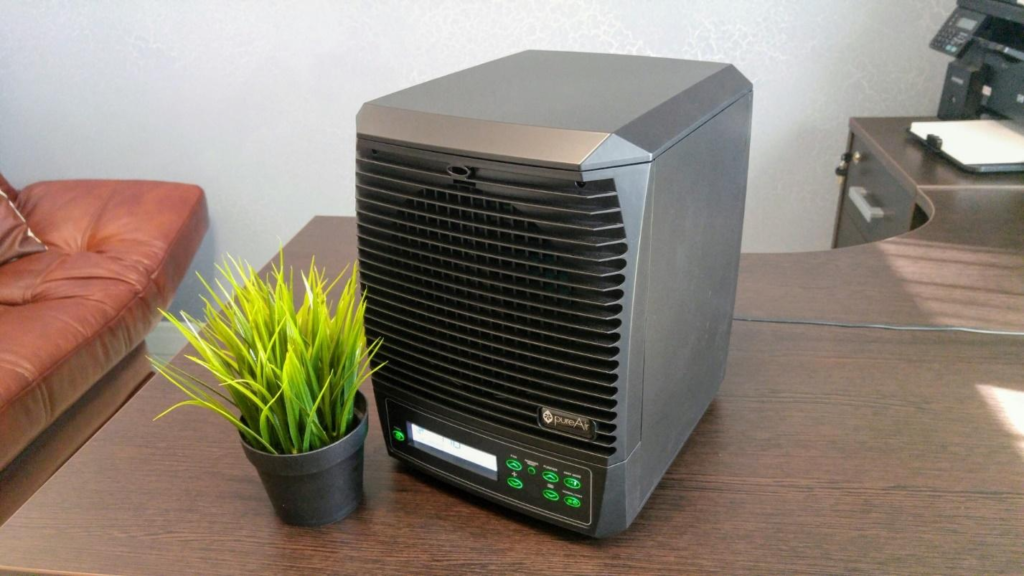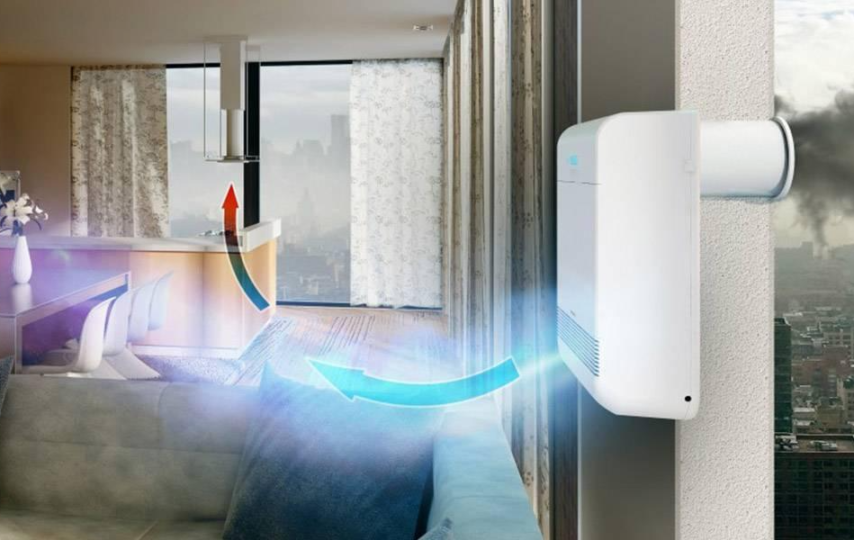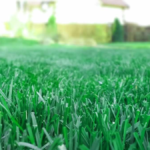Frequently, it appears that an air purifier is an optional and dispensable item, as we have grown accustomed to living without it. Our forefathers didn’t even consider the notion of such a device and yet they still managed to exist. In ancient times, we lived without air purifiers, antibiotics, and vaccinations. We even lived without transportation and harmful industries, which allowed for cleaner air and a healthier environment. However, it was the advancement of technology coupled with environmental degradation that resulted in the creation of air purifiers.
Moreover, many people consider air purifiers to be an indulgence and excessive, believing that they can manage without them. However, each of us desires to lead a healthier lifestyle, by consuming wholesome foods and obtaining adequate rest. In other words, we strive to boost our immune systems and enhance our overall health. Unfortunately, most people overlook one of the most crucial factors – the quality of the air that surrounds us. The quality of this air is not improving, and these days, the air purifier is no longer a “nice-to-have” accessory, but an indispensable element of our lives, similar to a dishwasher or washing machine. After all, the air we breathe is of great importance.
In a single day, our corporeal vessel engages in more than 21,000 inhalations, while in a single month, more than 630,000. We breathe in air that varies in composition, yet bears the same low quality whether in our domestic space, transport, workplace, or vehicle, without considering the millions of hazardous particulate matter, noxious gaseous compounds, allergens, and viruses that it carries.
However, let us delve more deeply into this matter.
You may also peruse an article on the Levoit Air Purifier Red Light.
What kinds of pollution are there?
And we’ll start with the types of air pollution inside our homes or offices. Let’s list the most basic types of air pollution.
- “Dirty” air from the street (soot, soot, smog, exhaust and industrial gases, mineral particles);
- Household odors: tobacco, food, cooking oil fumes, etc;
- Household chemicals and any modern furniture, as well as shoes and clothes after dry-cleaning release harmful volatile organic compounds into the air;
- Fungus, mold, dust mites and scales of dead human skin;
- Plant pollen, pet hair and dander, dust mite products and other allergens;
- Protein particles: viruses and bacteria.
The presence of diverse particulate matter in varying concentration and composition, commonly referred to as “trash”, envelops us in our daily lives, be it at home, while commuting, at work, or even while vacationing. The subject of “trash” is an extensive and critical one, as it directly concerns the quality of air we inhale, its potential risks and hazards, and ways to mitigate its effects. Hence, we aim to address this issue comprehensively through a series of distinct articles.
Signs and Causes of Contaminated Air
The truth is that pollution and poor overall air quality affects all age groups, of all genders and races. The most vulnerable, in addition to the elderly, include newborns, pregnant women, asthmatics, allergic people, children, people with low living standards, overweight people and people with diabetes.
In some cases, air pollution can only be recognized by indirect signs:
- Increased humidity and condensation on walls or windows;
- Increased dust buildup on horizontal surfaces;
- Mold and mildew growth;
- Frequent viral illnesses and cross-infection among family members;
- Any allergic symptoms or exacerbations (e.g., stuffy nose or swollen mucous membranes in the nose, eyes after sleeping, etc.);
- Stuffy or “stuffy” air;
- Increased fatigue and tiredness, poor sleep, decreased capacity for work.
These are just some of the signs that indicate a problem with the cleanliness of indoor air.

Something most people forget
It is essential to emphasize that while most signs and effects are widely known, the final point is often disregarded, attributing it to various “magnetic” storms or inclement weather. This is a grave mistake! It is particularly critical in offices. Moreover, for offices, the issue of viral disease waves among staff members is also a pressing concern. When one person becomes ill, it can trigger a chain reaction of sick leave, disrupting the productivity of the team.
The reason is straightforward: in a confined space, viruses and bacteria spread through the air in the form of tiny aerosols from coughing and sneezing. It is not always feasible to ventilate the room, as someone may be against a draft, or someone may feel cold sitting near the window, or simply due to lack of regular airing, which negates the positive effects of ventilation.
Under such circumstances, the use of an air purifier with virus and bacteria cleaning functions can significantly lower the likelihood of cross-infection among employees. However, the same problem exists at home, especially when children go to kindergarten or school or when elderly people with weakened immune systems are present. A virus that enters from the street can infect the entire family. The use of an air purifier can prevent such occurrences from happening.
Since many people have relocated to remote areas today, the issue has become more extensive. Particularly noteworthy are families with young children. Clean air with low concentrations of dust, allergens, viruses, and bacteria can help prevent children from getting sick and promote proper respiratory system development, substantially reducing the risk of allergies and chronic illnesses as they grow older. The most dangerous particles, after all, are suspended in the air near the floor where children can inhale them.
What does an air purifier do?
Purifies the air of minute particles such as dust and pollen, animal dander, industrial pollutants, mineral matter, and other atmospheric contaminants. Though they remain unseen to the naked eye, these substances infiltrate our respiratory systems.
Deodorizes and eliminates undesirable fragrances, toxic volatile organic compounds, originating from household chemicals, furniture, finishing materials, tobacco smoke, food odors, burning, lavatories, among other sources.
Sanitizes the air, reducing the occurrence of contagions by eliminating viruses and bacteria, hence improving air quality.
Eliminates all kinds of allergens, providing relief to individuals susceptible to allergy attacks and other associated symptoms.
To summarize, an air purifier is a device that renders the air within your home or office cleaner, healthier, and safer. It is indispensable in households where children, the elderly, and pets are present, as well as in cities where industrial waste and exhaust fumes pollute the air. Additionally, since the device eliminates pathogenic bacteria, it is critical during seasonal outbreaks of diseases, as it purifies the air and minimizes the risk of contagion. Now, you can skillfully answer the question of whether an air purifier is necessary or not. For more information on which one to select, refer to this link: https://verywellhome.com/best-air-purifier-for-smoke/.







